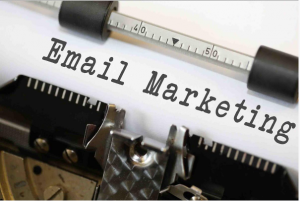Shorten Your Menu
Limiting the length of your menu is one of the most straightforward strategies to promote faster table turnover.
Extensive menus frequently result in decision fatigue, which occurs when you present customers with so many options that they cannot make a selection. As a result, diners will take longer to place their orders.
On the other hand, a short menu makes the decision-making process for consumers more straightforward and faster, reducing the amount of time a group spends at the table.
If a customer is still undecided about what to eat, tell your staff to suggest meals that are easier to make.
Improve Kitchen Efficiency
Although your servers interact with customers, the back-of-the-house is just as crucial to increasing efficiency.
All kitchen responsibilities and processes should be defined well to ensure that the food is produced as quickly as possible.
Poorly defined processes in the kitchen will cause delays and bottlenecks, resulting in slower service and, eventually, a lower table turnover rate.
Offer Contactless Payment Options
During the checkout process, technology can assist you in saving time. Your servers can swiftly accept payments directly at the table with mobile payment terminals, reducing the number of trips to each table.
If you use credit card readers that allow contactless payments, you can further speed up the checkout process.
Customers may pay by just hovering their credit card, debit card, or mobile wallet above the credit card reader on their smartphone.
Using Visa’s contactless credit cards, transactions may be completed in as little as half a second, resulting in quicker table turnover.
Flexible Seating Plans
First and foremost, tables must be adaptable to satisfy demand promptly. Tables that may be linked together to make various combinations are preferred. Just make sure that your employees are aware of any space constraints.
If a restaurant has to turn guests away regularly, we propose rethinking how the entire structure is used.
The flexibility of your table plans allows for guests to be seated quicker and thus improves the table turnover rate.


